How Dyslexia Shaped My Purpose and Art Practice
How Dyslexia Shaped My Purpose and Art Practice
From an early age, the world seemed slightly off-kilter. Dyslexia rendered the standard scripts of childhood—school, grades, conformity—unintelligible to me. I struggled to keep pace, shuffled into ‘special’ classes that felt less like support and more like exile. Alienation and humiliation became familiar companions.
But within that rupture, I discovered art. It was not simply a refuge but a language that bypassed the demands of traditional communication. Where words failed me, colours, forms, and materials offered new avenues of expression. Dyslexia, often portrayed as a deficit, became the very lens through which I began to see the world differently—a perspective that would later shape not only my art practice but my understanding of humanity itself.
This alternative way of seeing granted me a deep empathy for others who struggle with words, instructions, and linear thinking. I became attuned to those living with dementia, whose experiences of disorientation and fractured communication mirrored aspects of my own. In their company, I felt at ease, recognising a shared vulnerability that could be reframed—not as weakness but as a space for connection, creativity, and shared understanding.
Dyslexia, rather than a hindrance, has become central to my purpose. It has taught me to transform struggles into strengths, to reimagine limitations as opportunities for resilience and joy. My artistic practice reflects this ethos: reframing the imperfect and the overlooked, celebrating the human condition in all its messy, glorious complexity.
My lived experience is not merely an incidental part of my research—it is its very essence. I am not exploring methodologies to reframe disadvantages from an abstract, academic standpoint; I am living them. My work is a testament to the transformative power of reframing challenges as sources of strength, cultivating humanness through creativity, and fostering a world where difference is not simply accommodated but colourfully celebrated.
click below to scroll






